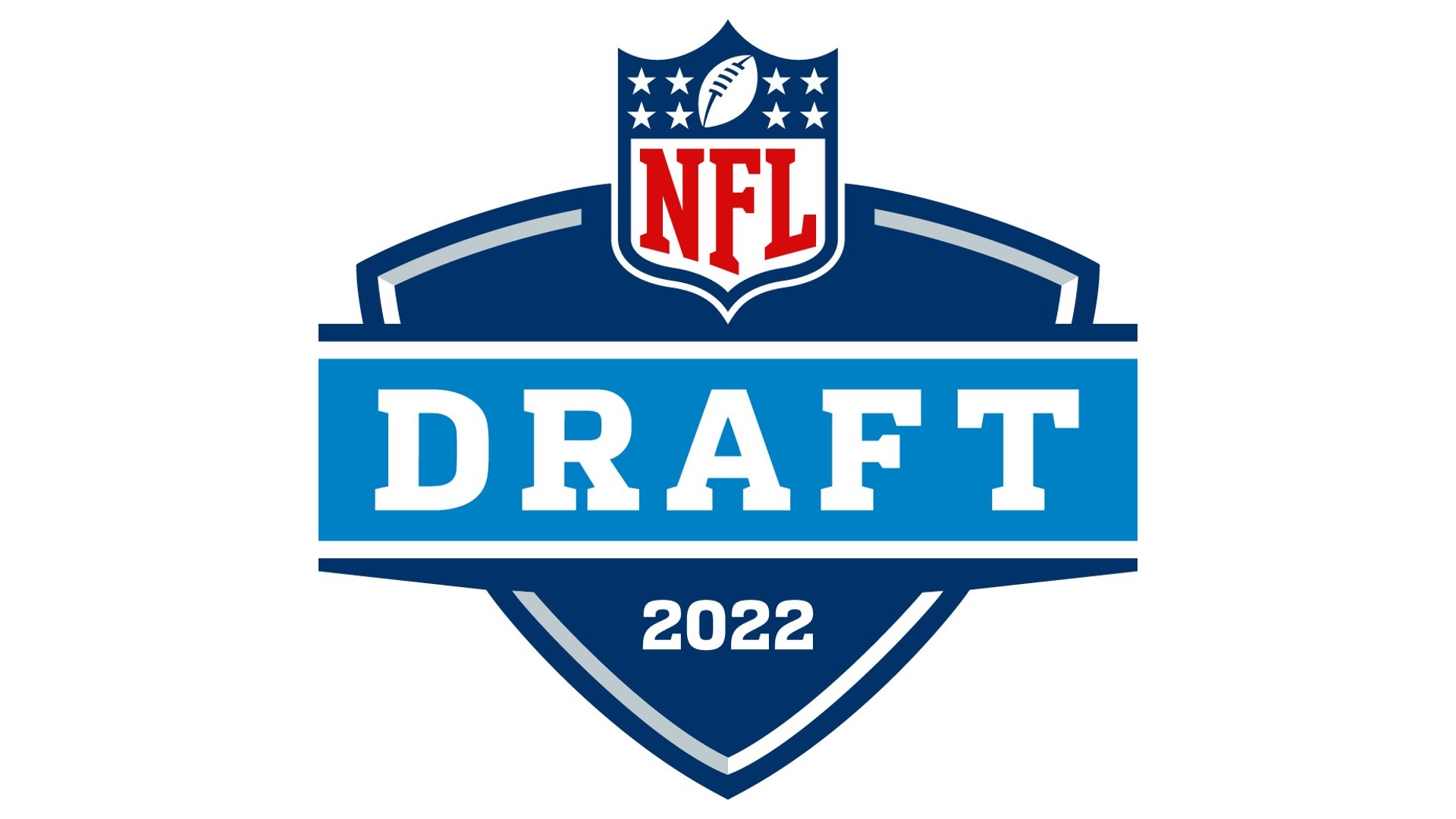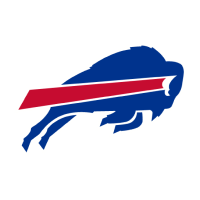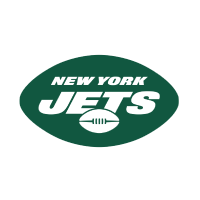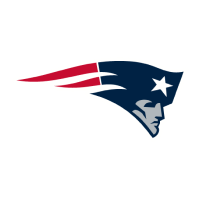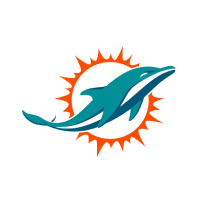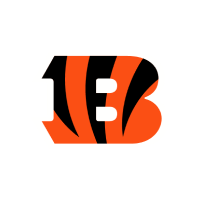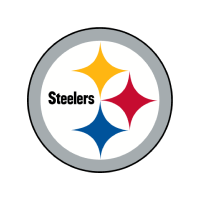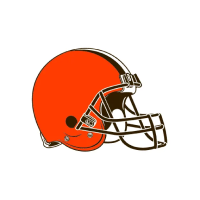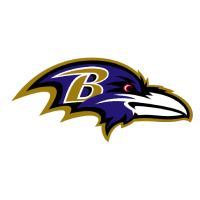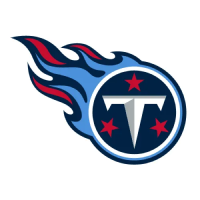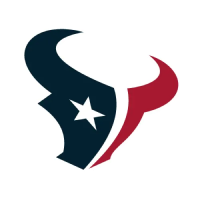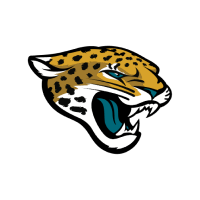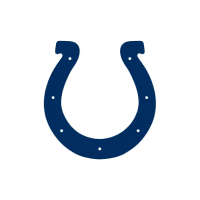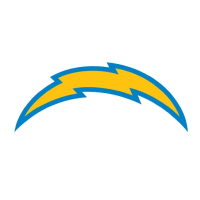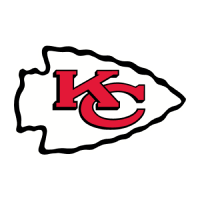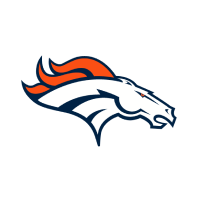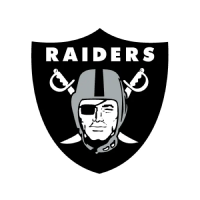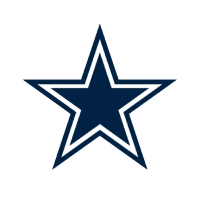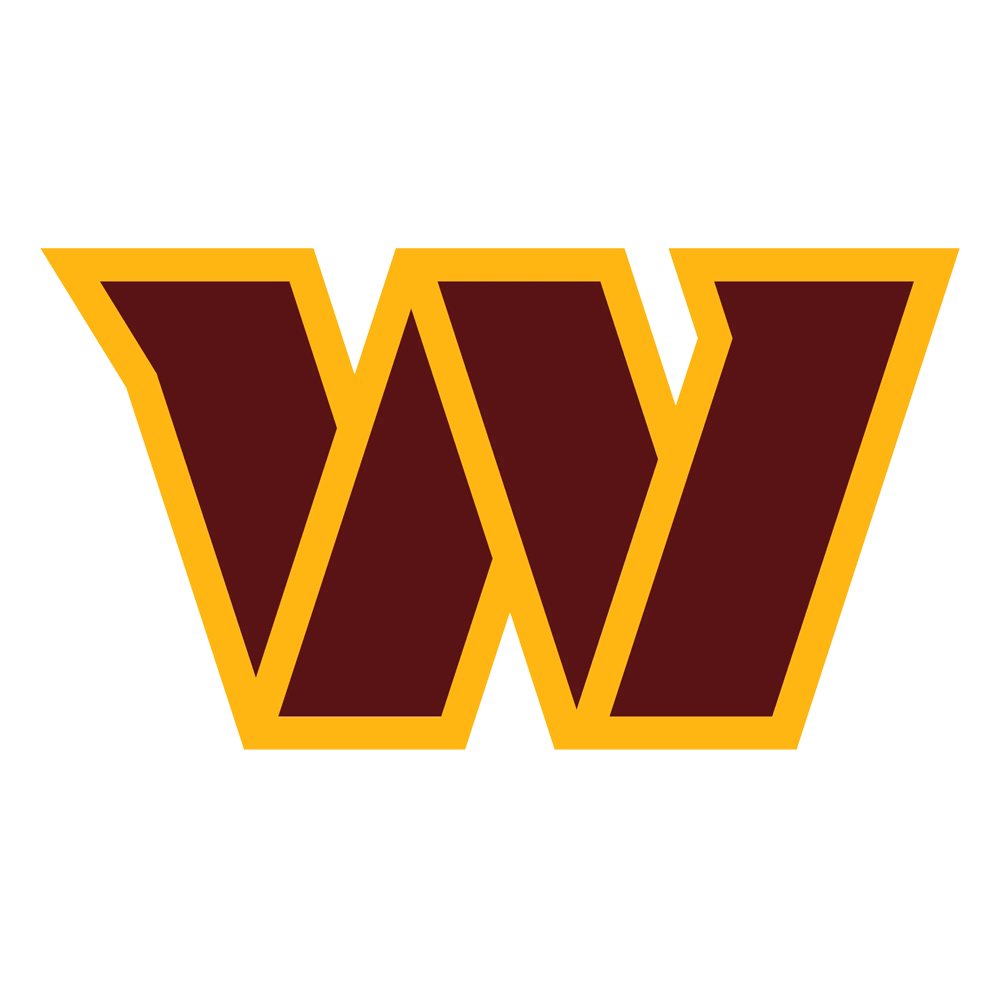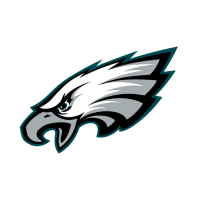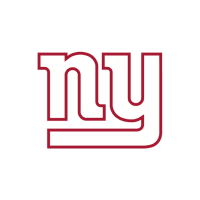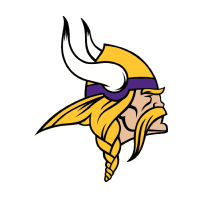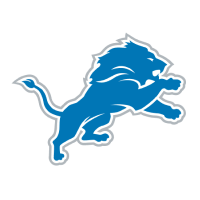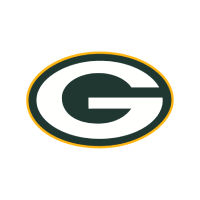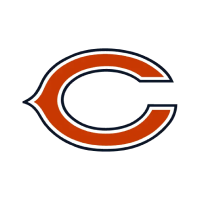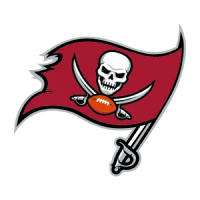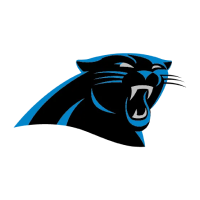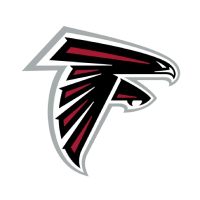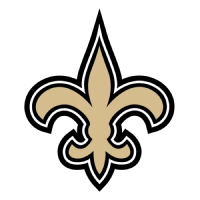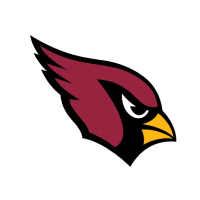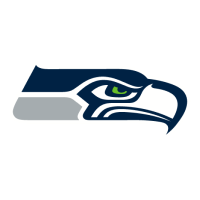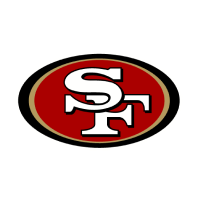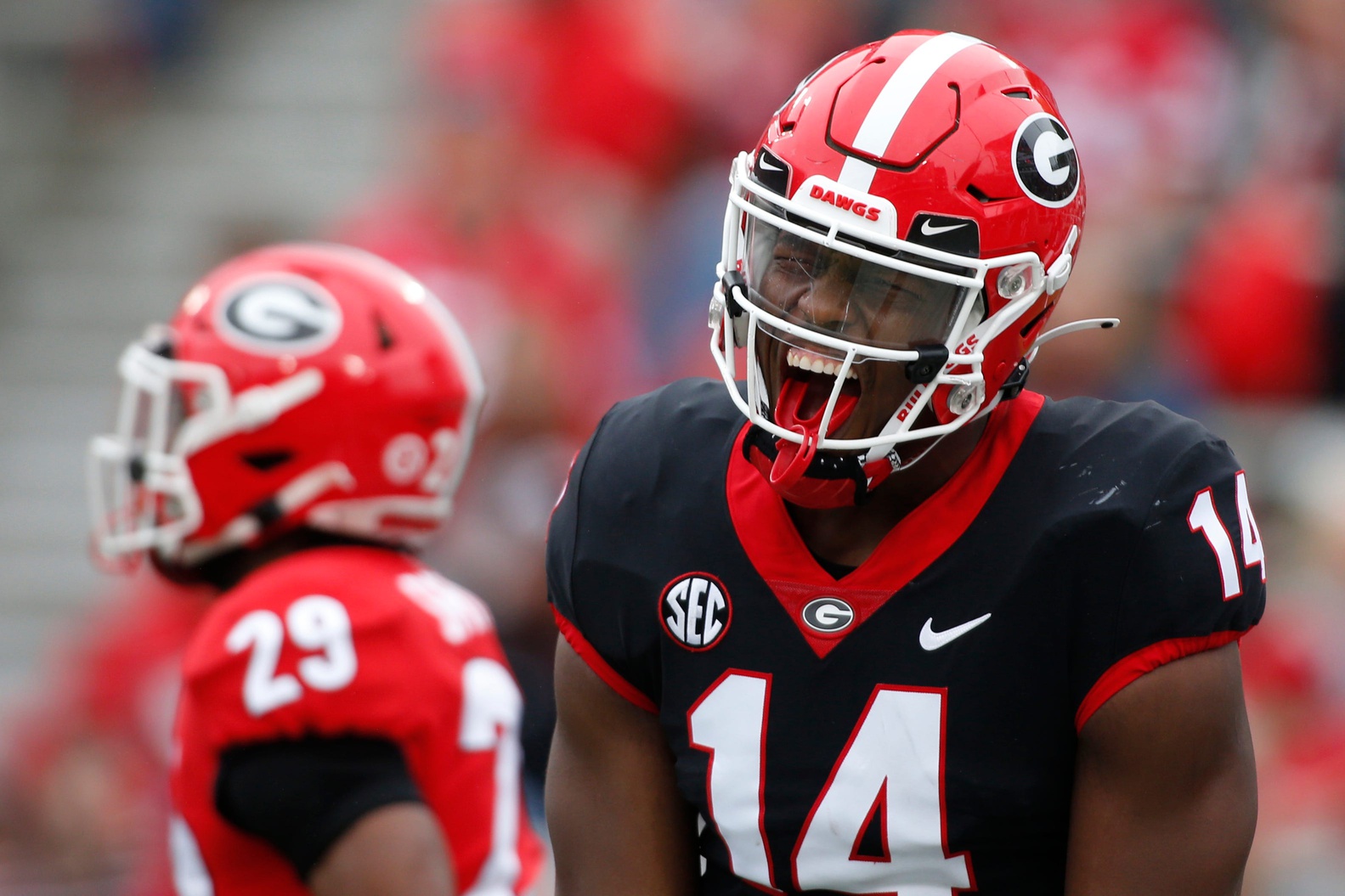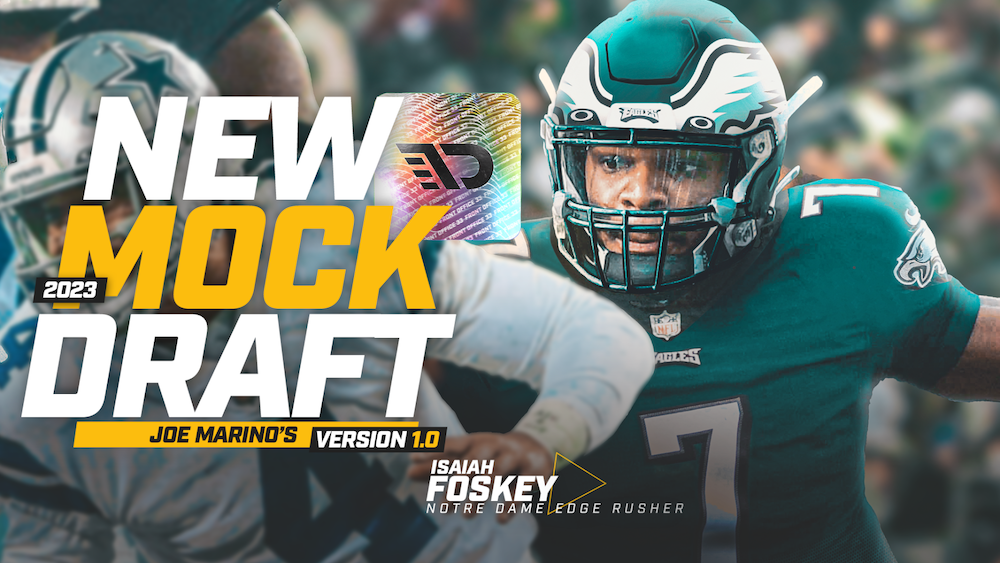Let’s rewind the clock to August 2020. The best non-quarterback in the 2021 NFL Draft class is Oregon offensive tackle Penei Sewell.
The arc for Sewell had him squarely on the NFL radar long before the 2021 NFL Draft cycle began. The top-ranked recruit from Utah and the second-ranked offensive lineman in the country, Sewell was the herald of a dominant recruiting era for Oregon under new head coach Mario Cristobal. Over two years with the Ducks, he’s remained a trendsetter. He brought the Outland Trophy to Oregon for the first time ever, winning it as a 19-year-old sophomore during the 2019 season. That 2019 season, of course, saw the final college performances of four top-15 picks: Andrew Thomas, Jedrick Wills, Mekhi Becton, and Tristan Wirfs. Sewell beat ‘em all out, was a consensus All-American, and the Co-Offensive Player of the Year in the Pac-12.
Sewell hasn’t played football since that 2019 season, opting out of the 2020 campaign. When he did, it was a ballyhooed event: Future top-five pick Sewell opts out! But Northwestern offensive tackle Rashawn Slater opted out of 2020 football as well, to much less hoopla.
And that’s been the arc for Slater. He was a three-star recruit for Northwestern, and even as they made noise in Slater’s freshman and sophomore seasons—two seasons in which he never missed a start at right tackle—Slater never drew much of a crowd. He was a first-teamer on the Big Ten freshman list in 2017, a third-teamer on the all-Big Ten team list in 2018, and an honorable mention in 2019.
So that’s what we’re looking at. A consensus All-American and a guy who couldn’t make the third team in his own conference.
That goes to show you how much stock you should put in conference lists.
Slater has been placed at the top of the tackle class with Sewell, and deservedly so: his 2019 film doesn’t lie. With NFL attention across the 2020 offseason revealing just how well Slater had played, he opted out as well. At that time, he was a possible first-round pick. Now? He’s a potential top-10 pick and the first tackle off the board. Daniel Jeremiah has him ranked above Sewell. Lance Zierlein is on board. Matt Miller thinks the league is there as well.
Is that nuts? It feels nuts! Of course, young, athletic freaks like Sewell tend to get oversold as underclassmen, as their highlights are shared while their warts aren’t put under the microscope. When Sewell played last, he was a sophomore with an unbelievable blend of explosiveness and power. Oregon did everything they could to maximize their unique weapon at left tackle, regularly working screens and boundary plays to the left side to let him work on the hoof. For Sewell—6-foot-6 and 325 pounds—to look like a tight end in the open field is just obnoxious.
https://youtu.be/caiSjTInbyc
The young man is an absolute hammer in space, and second-level players react with appropriate fear upon his arrival. There is some truth to the notion that Sewell is still a kid in a grown man’s body, as he can become a runaway train in space. He likes to play disrespectfully and finish his opponents, which can make for some unnecessarily sloppy plays. He’ll punch in his pass sets without latching and sustaining—despite the fact he clearly has quality grip strength and length—and he’ll lose his balance by playing too far over his feet. He’ll come into contact upright because he’s too confident he can just bowl over his opponents with raw power.
https://youtu.be/F5a6nfBdWB4
Because of his inexperience and aggressiveness, Sewell can look unpolished relative to Slater at times—but every college tackle to ever declare for the NFL draft will look unpolished relative to Slater at times. Slater (6-foot-3 and 305 pounds) loses three inches and 20 pounds on Sewell and clearly has issues with arm length that Sewell doesn’t have to endure. But for the size disadvantage, Slater has only allowed two sacks over the last two seasons—and Sewell has allowed just one. So he has to do something pretty well, to be that successful.
That thing is footwork. Slater is as smooth in his kick-slide as any tackle prospect of recent memory, including the storied 2020 class. He builds a wide base, stays tethered to the ground, and can redirect on a dime. Because he doesn’t have ideal tackle length, Slater needs to instigate hand-fighting with ideal timing and power from the ground up—and he has that trait in the bag. Slater shows a full variety of kick-slide angles—jump sets, 45-degree sets, and vertical sets—that allow him to address different styles and alignment of rushers at an NFL level.
https://youtu.be/vvCZbf2IpjQ
The 2019 Ohio State film for Slater is legendary. He lined up against 2020’s No. 2 overall pick in Chase Young and handled him for much of the game. While Northwestern did work to help Slater, he still shined on those reps on which he was left on an island. That success is a result of his technical proficiency. His feet allow him to build a wide base and set up at ideal angles, and with that practiced footwork, Slater rarely loses his balance or surrenders his anchor. The initial rush move from his opponent—Young or otherwise—rarely moves Slater’s center of gravity. He’s even-keeled.
https://youtu.be/kDfs1qZKnpU
This is where Slater has Sewell beat. He’s simply more technically proficient than Sewell, as so many of his reps paint the ideal picture for tackle play. But for that polish, he isn’t more effective than Sewell. Slater remains a victim of suboptimal size for bookend play. Bull-rushes will get inside of his chest and fold him back. In the rare instances in which Slater fails to frame a rusher appropriately, he has the foot speed and balance to recover, but he doesn’t have the displacement power to knock rushers off of their path or the length to re-leverage. Despite his great footwork, those weaknesses will leave him susceptible to rushes both through his chest and on his inside shoulder.
https://youtu.be/9vGzsboUBCo
There’s little that Slater can do about this. He’s good—he’s so stinkin’ good—because of how technically proficient he is. But he’s unlikely to get longer, taller, or significantly stronger, so when he’s anything less than perfect in his reads or sets, he’s at a disadvantage. The margin for error is just so much smaller when you’re on an uphill climb against NFL athletes for 16 weeks.
Sewell will not have such problems. Of course, there is another side of that coin: being huge and fast and long can only account for so many technical deficiencies. But Sewell doesn’t really have many failures in technique. He has independent hand usage on his punches, great timing up the arc, natural angles to the second level, and good vision for combo blocks. Throw in his admirable effort, and there’s no reason to expect that Sewell will get outclassed by NFL technicians in Year 1. And even if he can, he should be a quality NFL athlete and has elite recovery traits to boot.
https://youtu.be/h8vBiJ5DHK8
The attraction to Slater is understandable. He looks like a pro already, and for teams who prioritize quickness and second-level climbs—that’s every Shanahan/McVay offense in the league, mind you—he’s not only a potential top tackle prospect; he’s a potential top guard prospect as well. Slater grades out for me as a Round 1 player, which matches where I had him off of summer scouting when I thought he’d play for another season.
But even for outside zone teams who want pro-ready players, I can’t rank Slater above Sewell. The athleticism in Sewell, as well as the high-level success and experience, at such a young age, is too much to ignore. He won’t grade out as a blue-chip tackle prospect, as Jedrick Wills did for me last season—I don’t think he’s elite at that level. But Sewell will check the boxes for teams looking for prototypical size. He dominates as a down blocker, arc blocker, and everything in between. He’s far too powerful for bull-rushers and far too explosive for speed rushers. Maybe his best football comes in Year 2, but that doesn’t mean his Year 1 ball is going to be bad. It’s going to be doggone good.
If NFL teams want to overthink Sewell, that’s fine by me. After seeing what elite offensive tackle athletes like Wills and Tristan Wirfs did in Year 1 in the league, I’m all the way in on his projection.
Filed In
Related Articles
NFL Draft
Arik Gilbert Doesn’t Need Big Workload To Be A Top NFL Draft Pick
- Aug 22, 2022
NFL Draft
2023 NFL Mock Draft: Marino 1.0
- Aug 22, 2022
Written By
